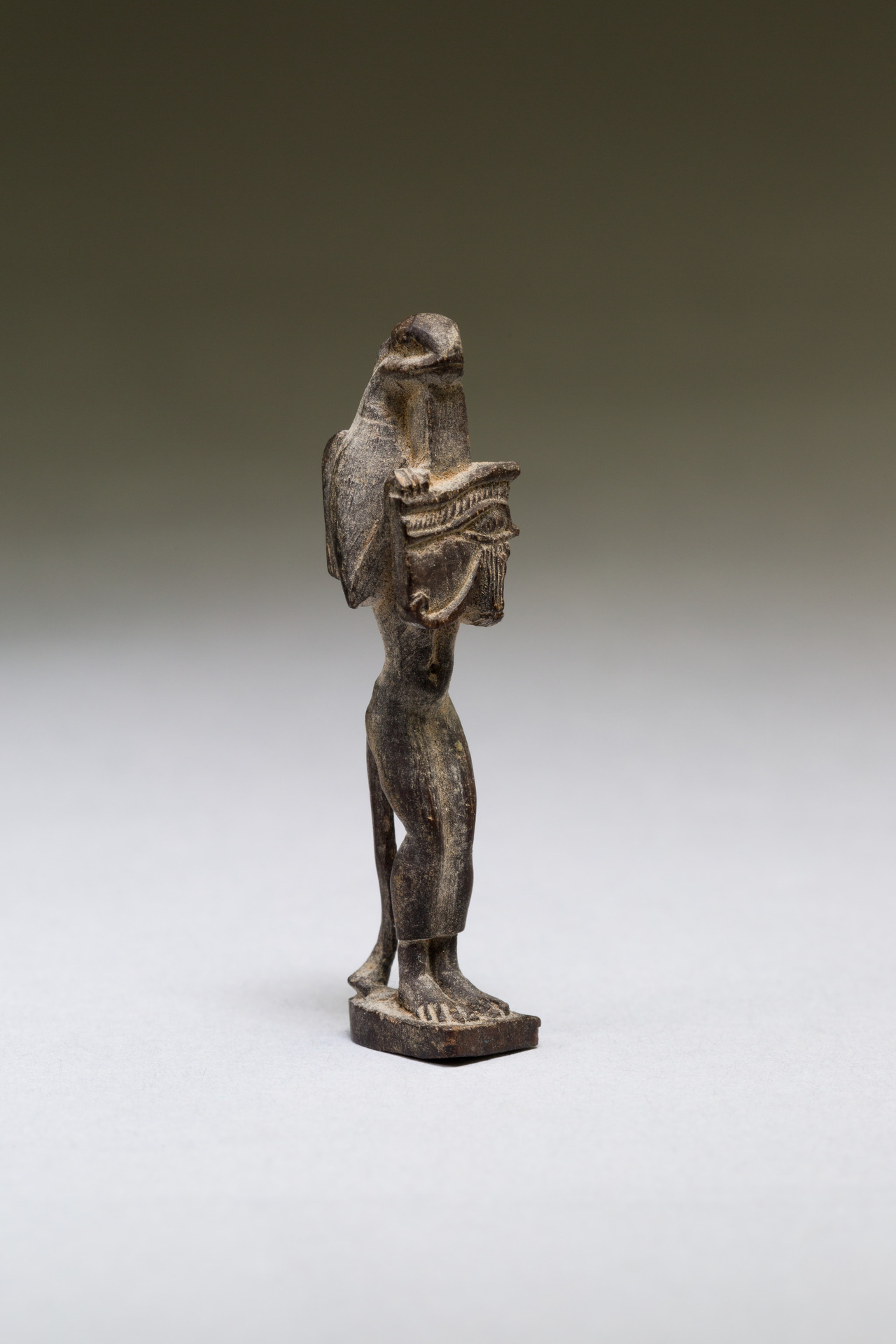
Nehebkau (snake deity) holding a wedjat eye, Egyptian Art
Gift of Helen Miller Gould, 1910 Metropolitan Museum of Art, New York, NY
Medium: wood

Nehebkau (snake deity) holding a wedjat eye, Egyptian Art
Gift of Helen Miller Gould, 1910 Metropolitan Museum of Art, New York, NY
Medium: wood
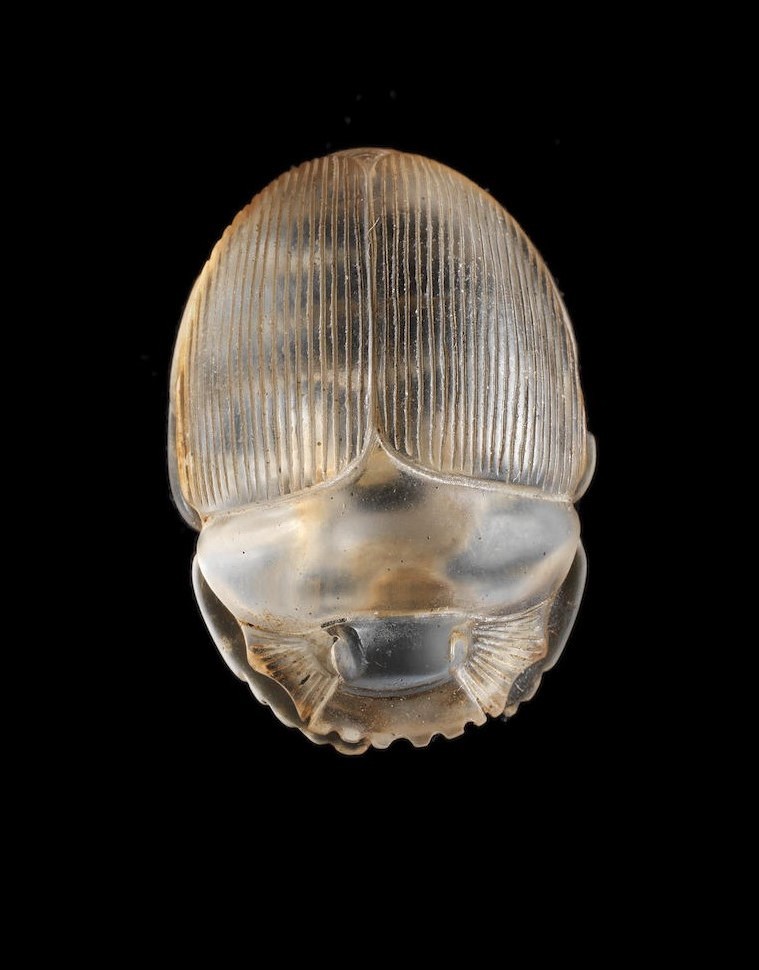
Naturalistically carved with fine linear incised wing-case, the underbody with central raised suspension. Late Period, ca. 664-332 BCE. Private Collection.
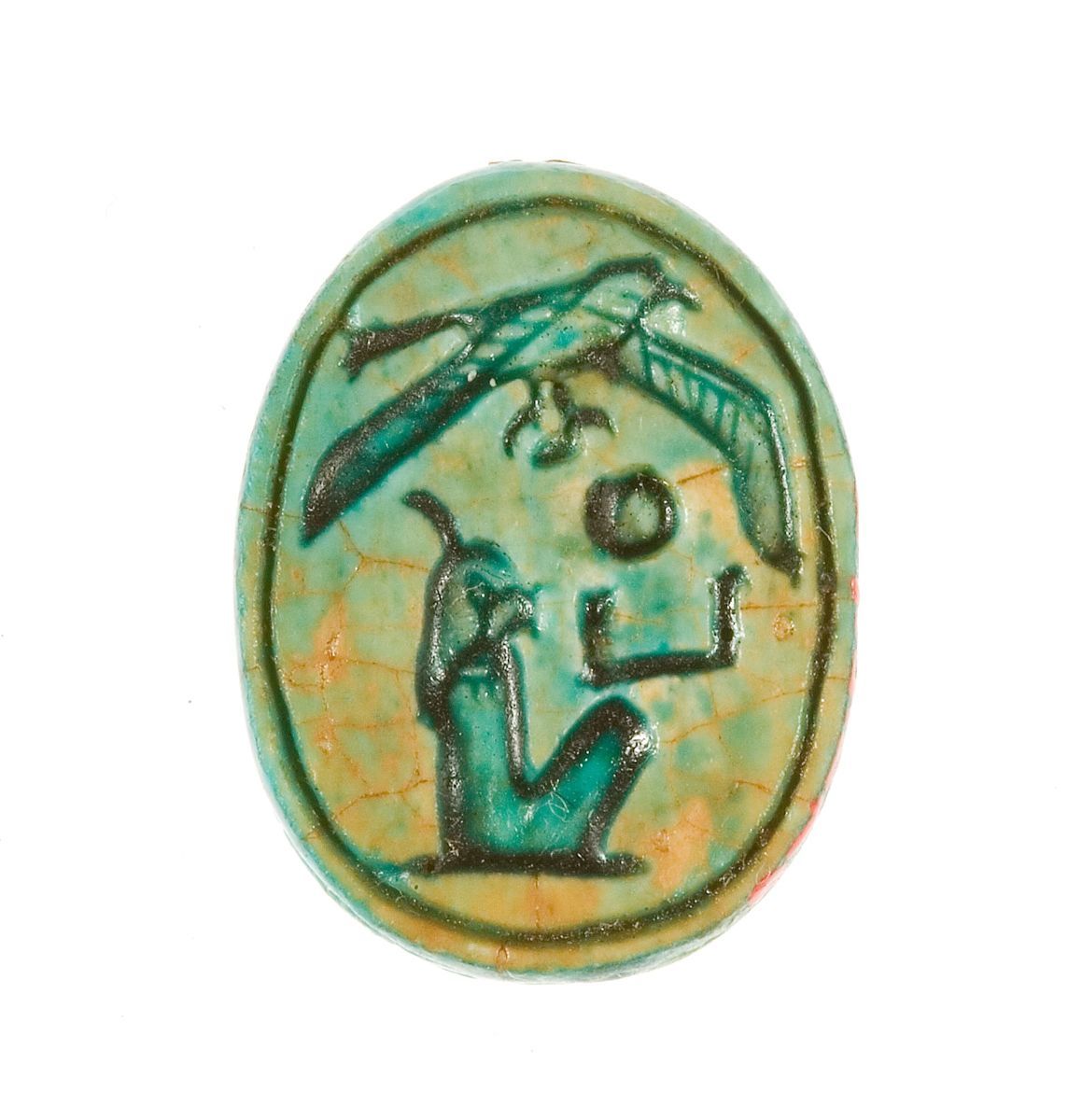
Scarab Inscribed with the Name Maatkare (Hatshepsut) with a Falcon Above
Period: New Kingdom
Dynasty: Dynasty 18, early
Reign: Joint reign of Hatshepsut and Thothmes III
Date: ca. 1479–1458 B.C.E.
The Metropolitan Museum, New York
Asked by Anonymous:
“this topic is pretty interesting. so there's no way to build new words in ancient egyptian?”
No there isn’t.
You can’t force culturally inappropriate words into a dead language. It’s dead. There are no new words to be had because there are no speakers of the language left. Hieroglyphs don’t work by just throwing random 1-consonant signs you think sound right together. Especially since 2, 3, and 4 consonant signs exist. We haven’t even got to the stage of determinatives and what they represent in a word; metaphorically or otherwise. Beyond that, Egyptian names actually mean something in Egyptian. Each group of signs that form a word in Egyptian were carefully selected in order to convey the right meaning. If you’re shoehorning in a modern name into a language that cannot comprehend it then you’re just going to get meaningless drivel that is incomprehensible in either language. In this sense it wouldn’t be written in hieroglyphs, just random signs. Read More »

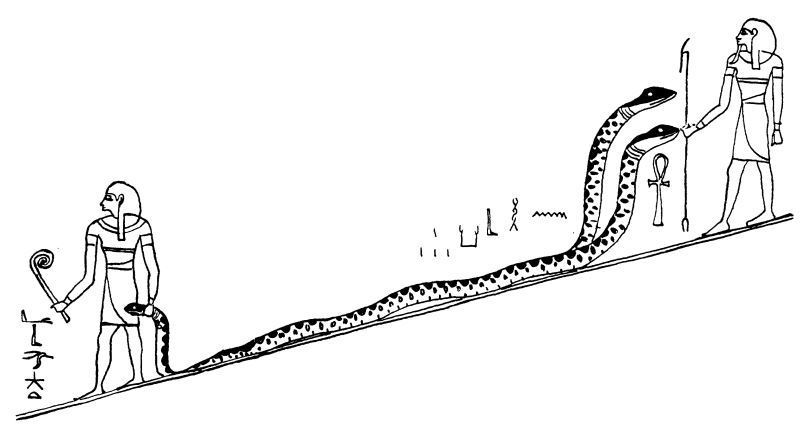
Nehebkau
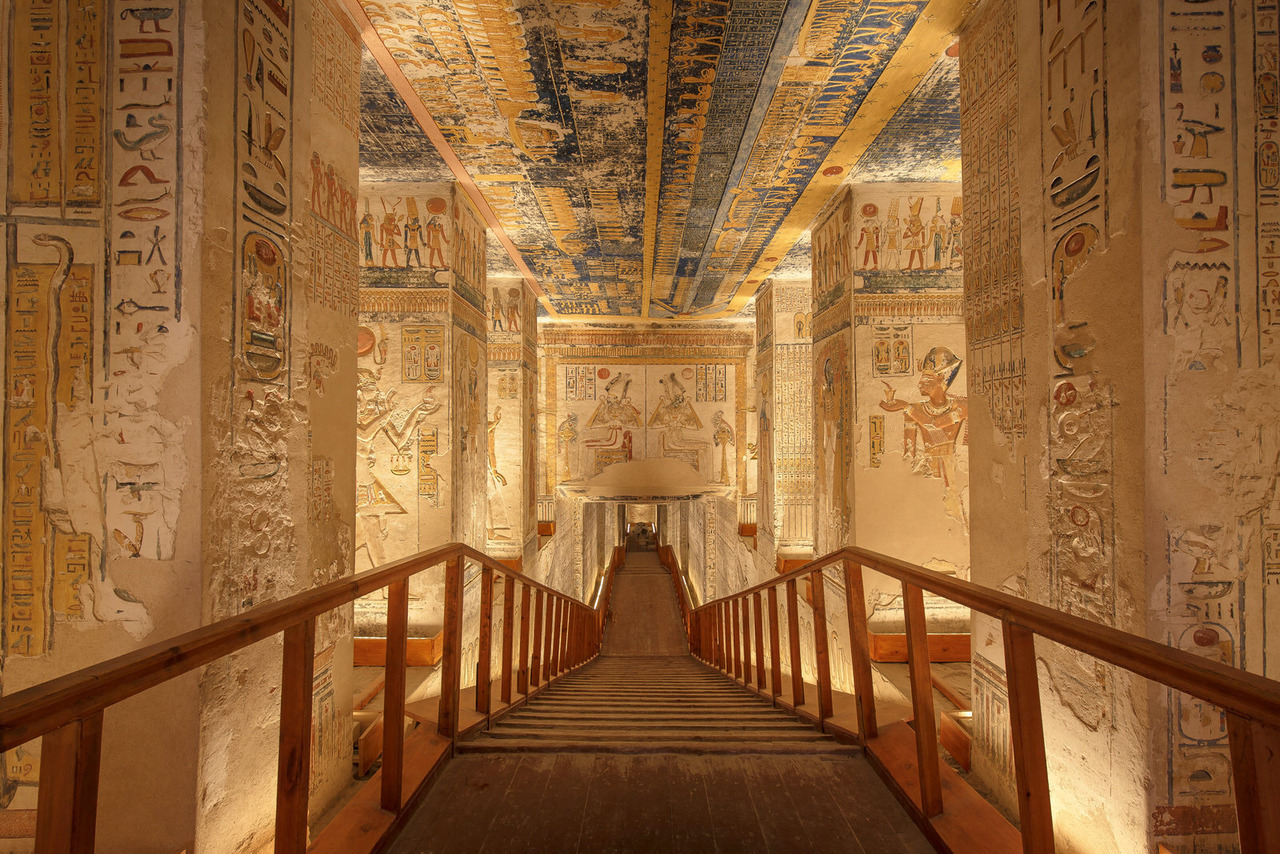
Egyptian blue — a bright blue crystalline substance — is believed to be the first synthetic pigment in human history. Ancient Egyptians used a rare mineral, cuprorivaite, as inspiration for the color. Cuprorivaite was so rare searching and mining for it was impossible. Instead, using advanced chemistry for the time, Egyptians manufactured the color. It was made by mixing calcium compound (typically calcium carbonate), a copper-containing compound (metal filings or malachite), silica sand and soda or potash as a flux, then heating to between 850-950 C.
Egyptian blue was widely used in ancient times as a pigment in painting, such as in wall paintings, tombs and mummies’ coffins, and as a ceramic glaze known as Egyptian faience. Its use spread throughout Egypt, Mesopotamia, Greece, and the far reaches of the Roman Empire. It was often used as a substitute for lapis lazuli, an extremely expensive and rare mineral from Afghanistan. After the decline of the Roman Empire, though, Egyptian Blue quickly disappeared from use. Read More »
What I think is really interesting about the papyrus account of the workers building the tomb of Rameses III going on strike to demand better wages is really fascinating to me because if you look at the description given by the royal scribe you see that there was an attempt to satisfy the workers by bringing a large amount of food at once but that was rebuffed by the workers who declared that it wasn’t just that they were hungry at the moment but had serious charges to bring that “something bad had been done in this place of Pharoah” (is poor wages and mistreatment). They understood themselves as having long term economic interests as a -class- and organized together knowing that by doing so they could put forward their demands collectively. It so strongly flies in the face of narratives that are like “in this Time and Place people were happy to be serve because they believed in the God-King and maybe you get some intellectual outliers but certainly no common person questioned that”. If historical sources might paint that sorta picture of cultural homogeneity it is because those sources sought not to describe something true but invent a myth for the stability of a regime. Read More »
Ancient alabaster lion bleps of King Tutankhamon
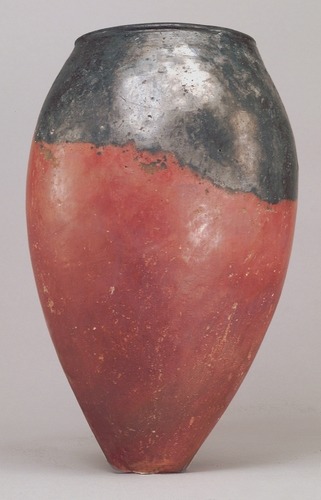
Black-topped red ware jar, Metropolitan Museum of Art: Egyptian Art
Predynastic, Naqada II
Love that sexy 5000+ year old pottery!

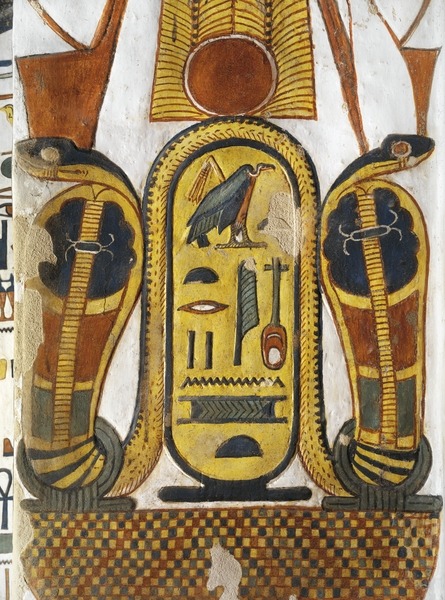
Cartouche encloses Queen given name Nefertari Meritmut, “The Fairest of Them All, Beloved of the Goddess Mut”. Detail of a painting in the Tomb of Queen Nefertari (QV66), Valley of the Queens, West Thebes.
A relief depicting a musicians and acrobats. On major religious holidays all Thebes came alive with music and merrymaking and entertainers performed for the pleasure of the masses. Originally from a sanctuary built by Queen Hatshepsut.
New Kingdom, 18th Dynasty, reign of Hatshepsut, ca.1479-1458 BCE. Brown quartzite, from the Third Pylon of the Temple of Amun at Karnak. Now in the Luxor Museum.